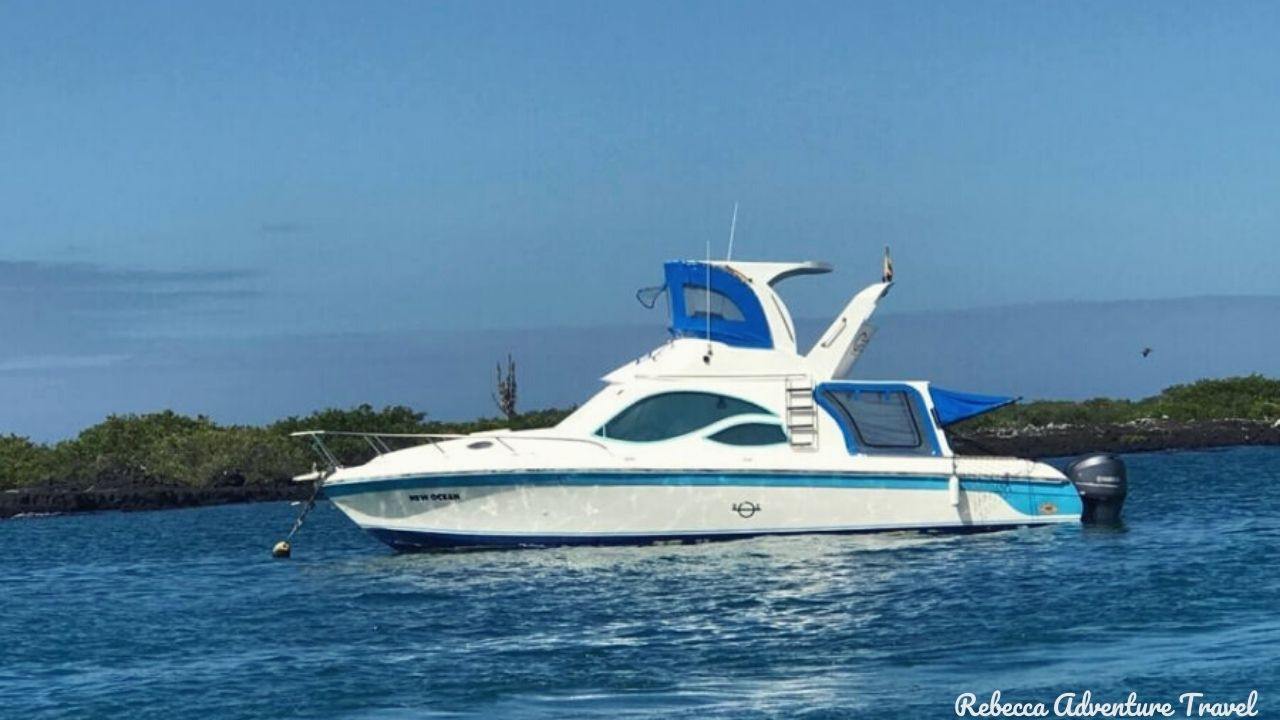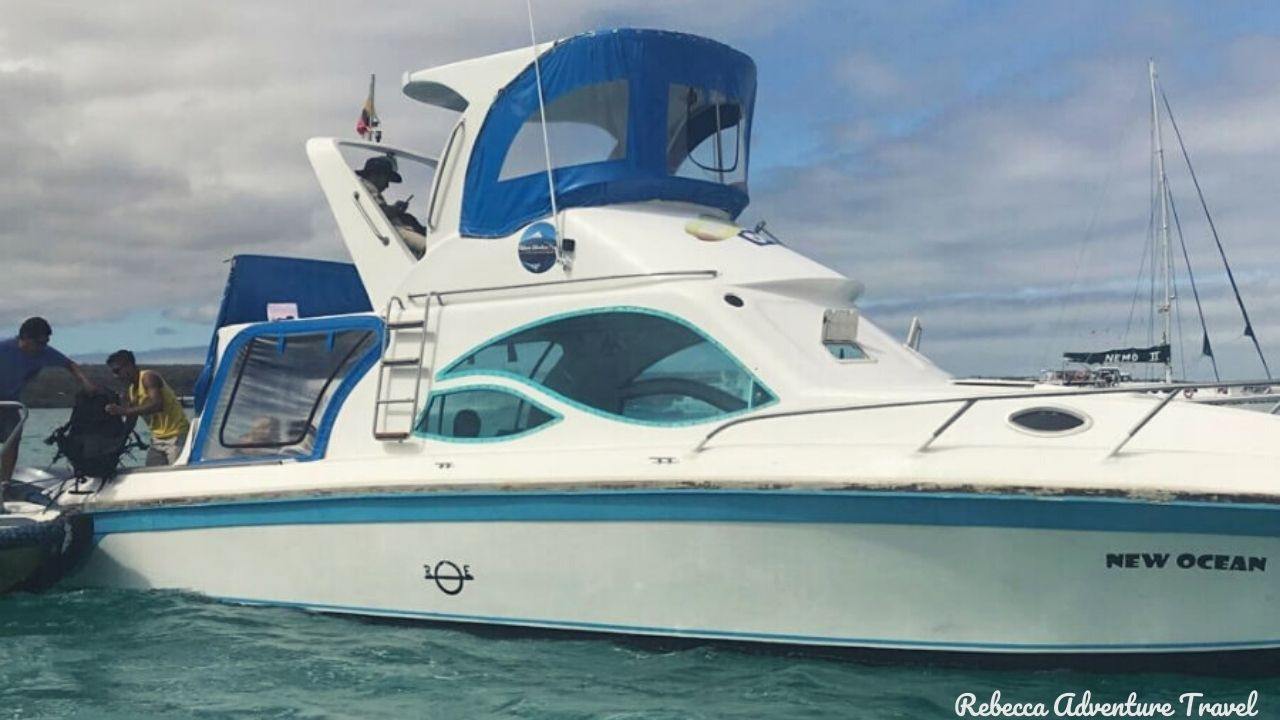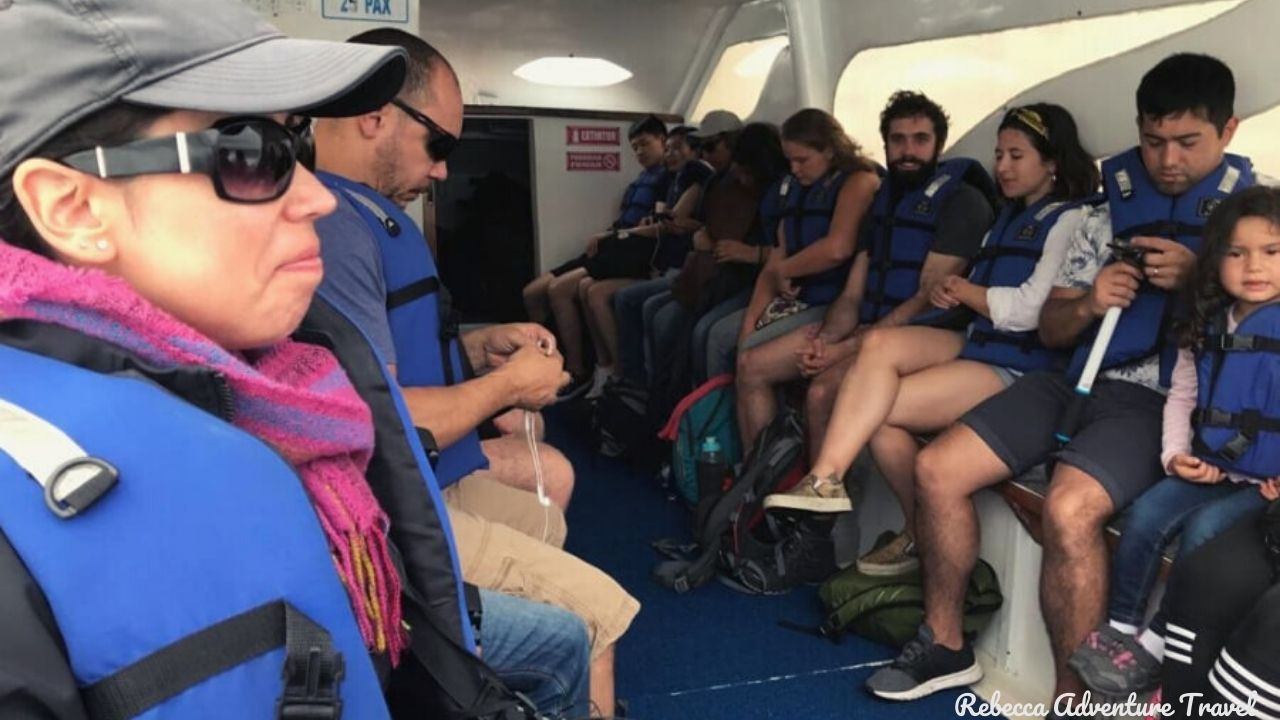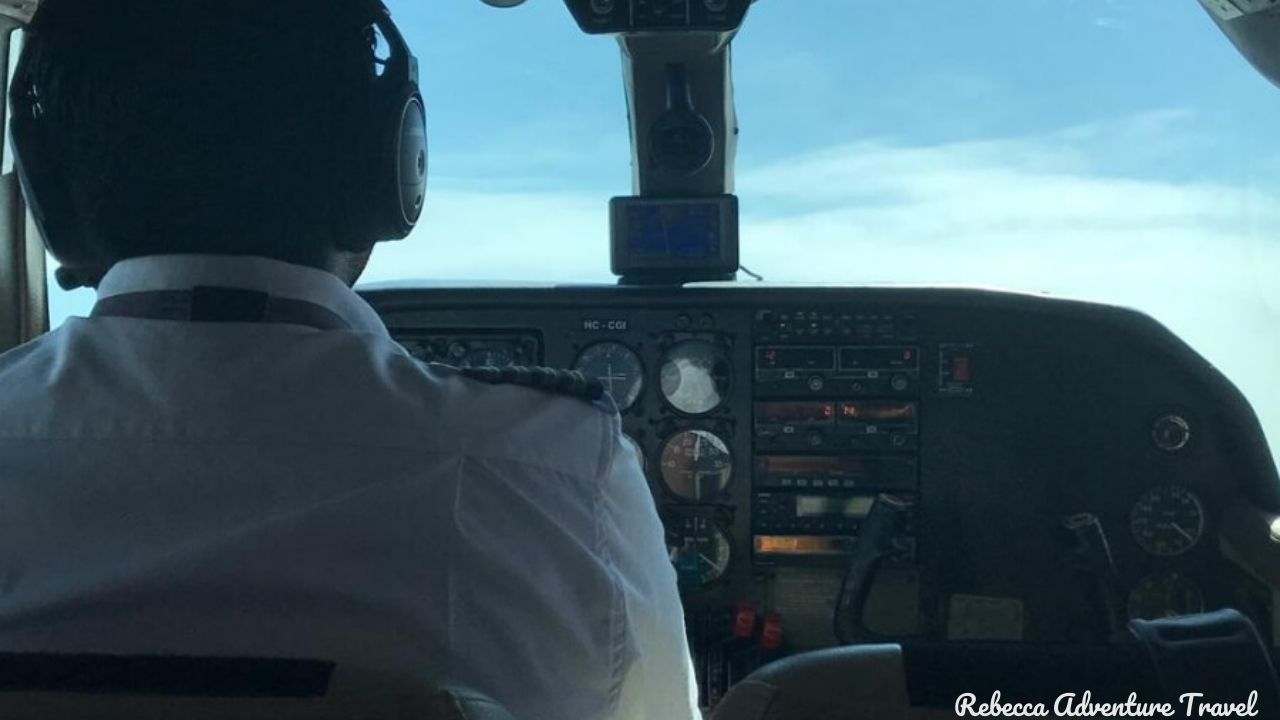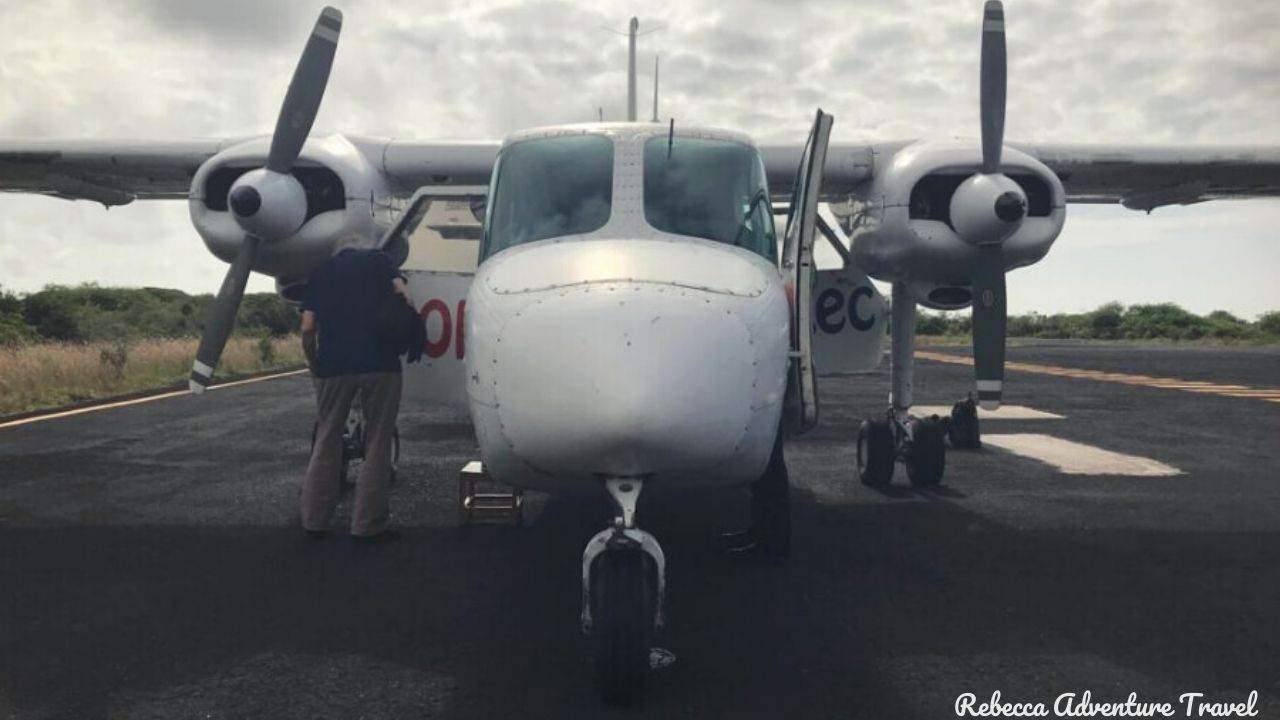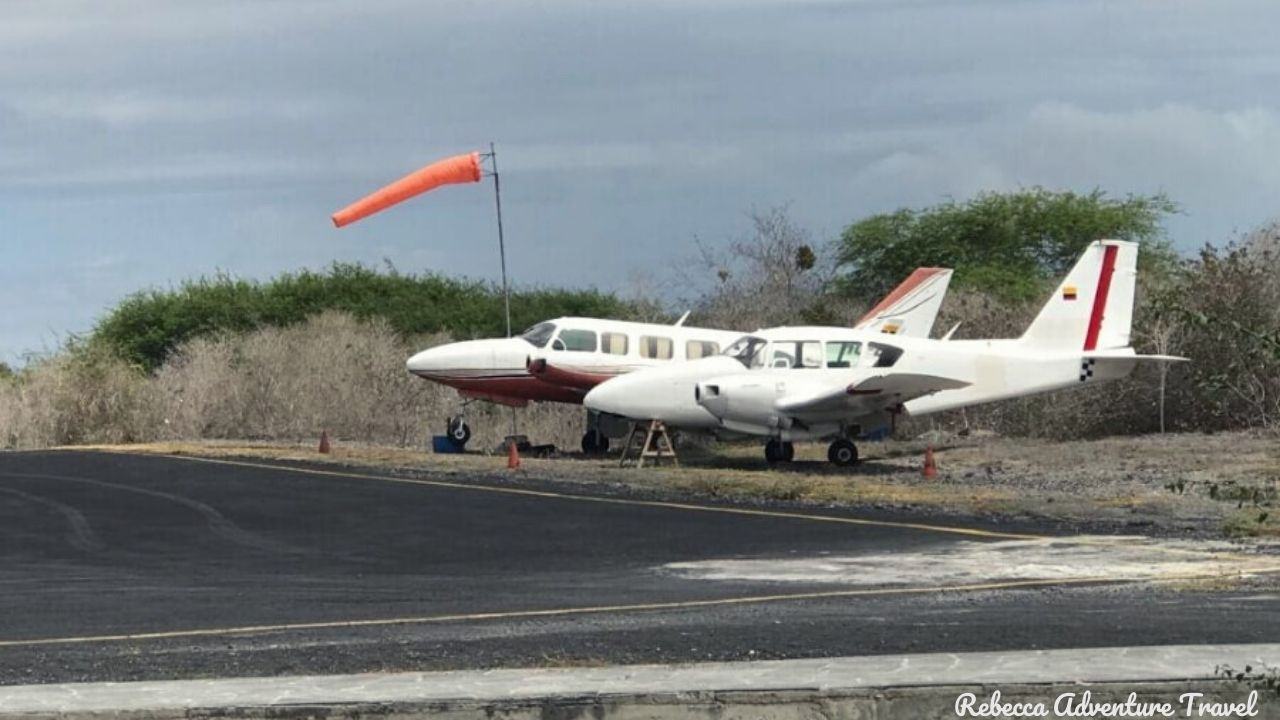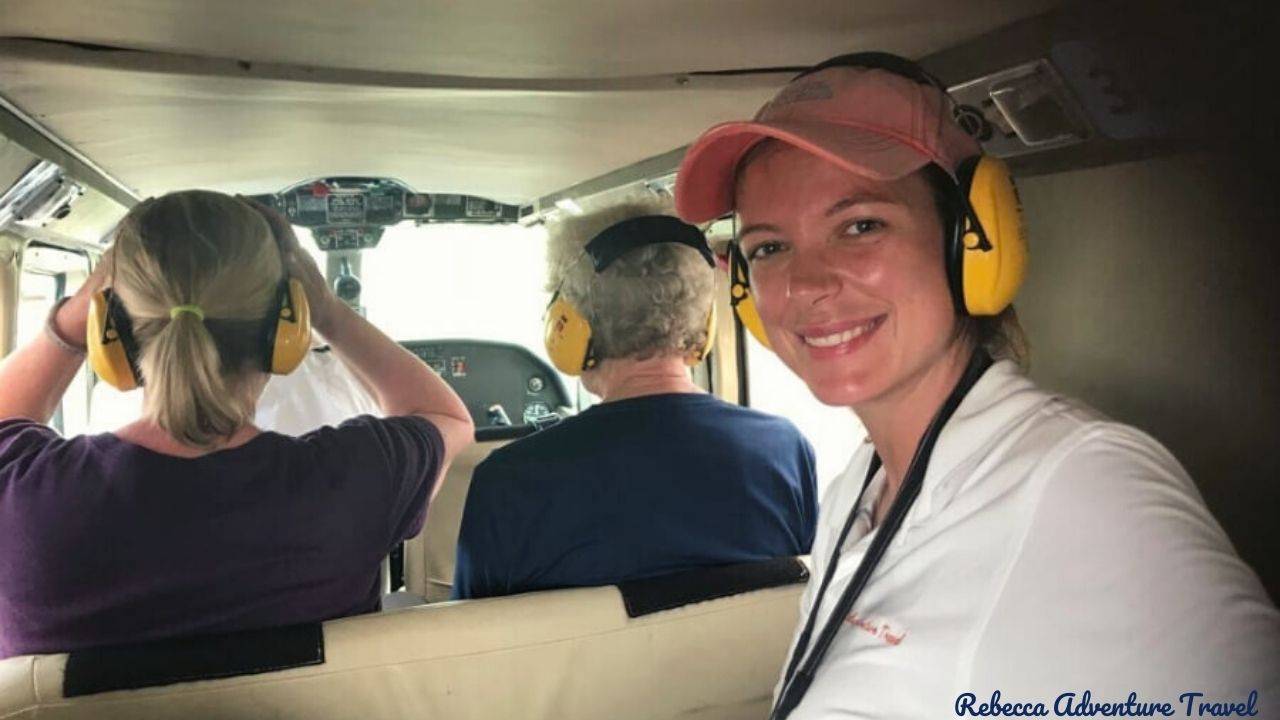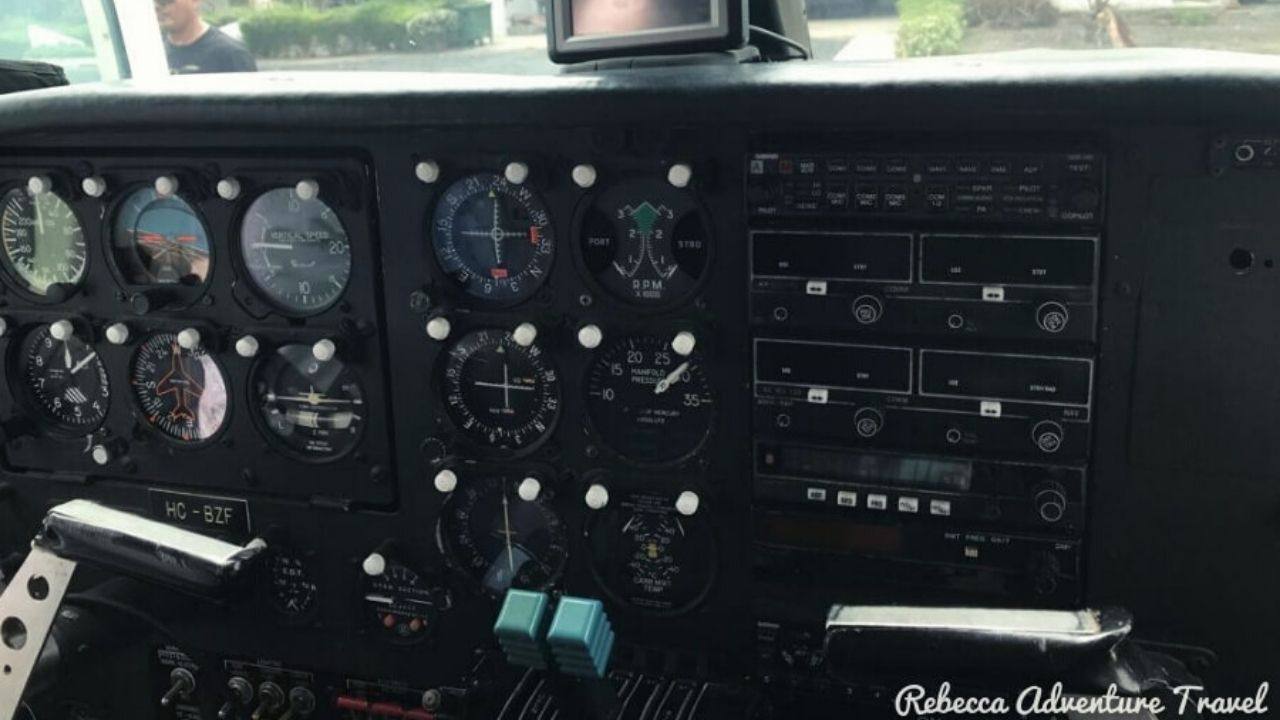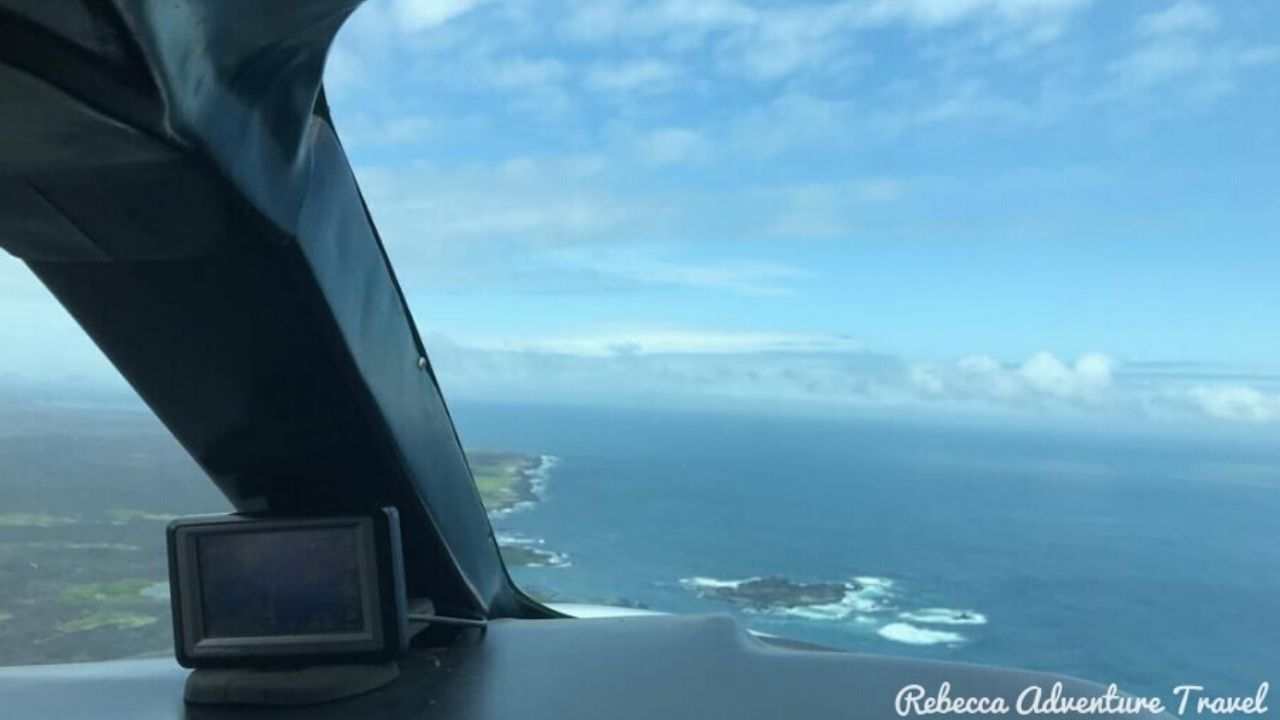Transportation in the Galapagos Islands: Getting around the Galapagos Islands
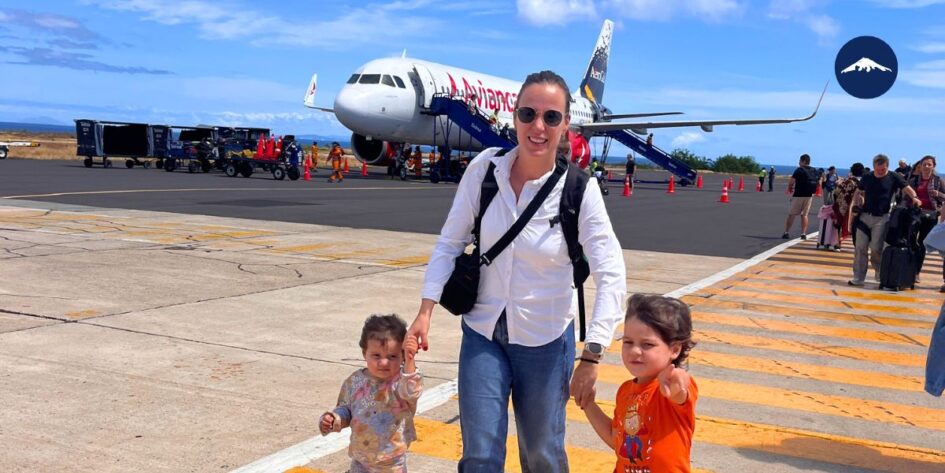
Visitors to the Galapagos Islands frequently wonder about the best transportation options for getting around the islands and moving from one island to another. Island-to-island transportation in the Galapagos is typically facilitated by speed boats or small planes. Meanwhile, on individual islands and for travel between closely situated islands, taxis, water taxis, and motor boats are commonly employed. This uncertainty often arises when travelers opt for a land-based approach rather than a cruise, which eliminates the need for such considerations. Let us help you answer these doubts so that you choose the best way of getting around the Galapagos and make the best of your time in this magical destination.
Our CEO and Galapagos expert, Rebecca, will guide you through some of these options to assist you in making the most appropriate decision. Let’s take these firsthand tips from a seasoned traveler who knows the islands inside out.
Galapagos Islands Transportation
When planning a visit to the Galapagos Islands, Rebecca knows that understanding the transportation options is crucial for a seamless and enjoyable experience. Whether arriving from the Ecuadorian mainland or exploring within the archipelago, various modes of transportation cater to different preferences and destinations. Select the most appropriate options according to your needs and preferences.
Getting to the Galapagos To and From the Continent
- Flights: Two main airlines, TAME and Avianca, operate flights from Quito or Guayaquil to the Galapagos. Flights land at Seymour Airport on Baltra Island (serving Santa Cruz) or San Cristobal Airport. Depending on your destination, it’s essential to check the specific airport.
Due to its location, it would be prudent to familiarize yourself with the process of booking your flights to the Galapagos, ensuring a smooth start to your vacation.
Transportation Between the Main Galapagos Islands
In this section, we will delve a little deeper into a primary concern for visitors. Traveling between the main islands of the Galapagos. The most frequently asked questions revolve around choosing between hiring a public speedboat or opting for a small plane. Although the latter is less common, it is a better option for individuals who suffer from acute seasickness.
Public speedboats:
Public Speedboats, such as those traveling from San Cristobal to Santa Cruz and Santa Cruz to Isabela, offer a convenient means of transportation in the Galapagos. Operating on specific routes, these boats have a capacity of 20-40 passengers and typically feature 2 or 3 motors. Departures occur twice a day, with recommended advance scheduling due to the limited capacity. To ensure a comfortable journey, especially in the areas where sea currents converge, it’s advisable to take motion-sickness medication, as the ocean can get bumpy at times.
The average duration of a trip on these speedboats is approximately 2.5 hours each way. The departure times vary, with the morning departures at 6:00 AM (Isabela) or 7:00 AM (San Cristobal and Santa Cruz). Afternoon departures at 2:00 PM (San Cristobal and Santa Cruz) or 3:00 PM (Isabela), all in local time. Each route sees the operation of 3-8 different speedboats during each departure, providing flexibility for travelers. The cost for this convenient and efficient mode of transportation ranges from $30 to $45 per way.
Small airplanes:
Inter-island flights in the Galapagos Islands, utilizing aircraft such as Britten-Norman BN-2 Islanders and Piper Navajo PA 31 – 325 executives, have limited schedules, making it advisable to book well in advance due to their infrequency. These flights operate between the three main airports on the Galapagos Islands: Baltra (Santa Cruz), San Cristobal, and Isabela. The airplanes in service include Britten-Norman BN-2 Islanders (with a maximum capacity of 9 passengers) and the Piper Navajo PA 31 – 325 executive (with a maximum capacity of 6 passengers).
With one or two planned flights per day between the three different islands, the duration of these flights typically ranges from 30 to 45 minutes, depending on the specific route. Travelers can expect prices for these inter-island flights to range between $150 and $240 per way, providing a convenient but limited option for island-hopping within the Galapagos archipelago.
Pros and Cons
| Aspect | Speedboats | Airplanes |
|---|---|---|
| Comfort | Can be jumpy, especially between July – January | Generally comfortable, with occasional turbulence. |
| Baggage Allowance | Unlimited (recommended: small luggage) | Max 12 kilos |
| Availability | Usually available | High season may face difficulties in finding flights. In low season, flights may get canceled (last minute) due to insufficient bookings. |
| Duration | Slower, especially between Isabela – San Cristobal (about 5 hours) | Quick, e.g., between Isabela – San Cristobal, just 45 minutes |
| Charter | Possible | Possible |
| Price | More budget-friendly | Generally more expensive |
Transportation Within the Islands
- Taxis: Taxis are readily available on more populated islands like Santa Cruz and San Cristobal. Fares are relatively fixed, but confirming the fare before the journey is advisable. For short distances within the town, fares start at $1.
- Bicycles: Explore the islands at a leisurely pace with environmentally friendly bicycle rentals from shops on islands like Santa Cruz and San Cristobal. The terrain varies, with bike-friendly trails and paths on some islands. Remember to wear the appropriate protective equipment for a more enjoyable and safe experience.
- Rental Cars: Car rentals, primarily available on islands like Santa Cruz, offer flexibility. It’s recommended to book in advance. While roads are generally well-maintained, caution is advised on more remote paths and the highlands.
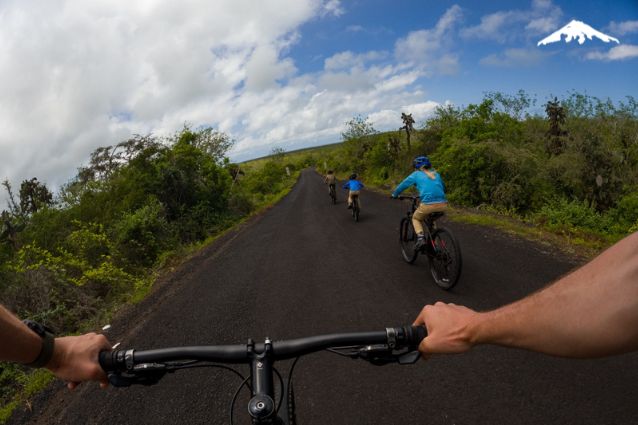
Biking in Wall of Tears, on Isabela Island.
Visits to Smaller Neighboring Islands
For those eager to explore lesser-known islands, the following options are available. Feel free to reach out to any of our Travel Experts if you require additional information and assistance.
- Water Taxis and Small Boats: Accessible by water taxis or small boats, smaller islands without regular public speedboat service offer a more flexible and remote experience.
- Guided Tours and Excursions: Tour packages often include guided excursions to smaller neighboring islands, providing a hassle-free way to explore with expert guides offering insights into unique flora, fauna, and geology.
- Private Charters and Customized Trips: For a personalized experience, inquire about our private charters or customized trips (link to private charters) can include visits to specific smaller islands, providing flexibility aligned with individual preferences and interests.
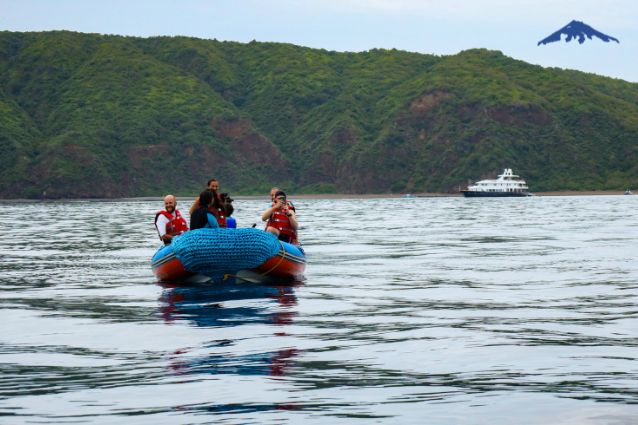
Galapagos Guided Excursion.
Exploring the Galapagos Islands becomes an enriching adventure when armed with knowledge about the diverse transportation options available for every kind of explorer. Let us know how you’d like to experience the Galapagos Islands, and we will advise you on the best transportation modes to fulfill your adventure optimally.
Did you like this blog? You might also like:
- Galapagos Island Cruises 2021: How to Choose?
- Snorkeling Vs Diving in The Galapagos Islands
- Safeguarding The Galapagos Islands – Responsible Travel


